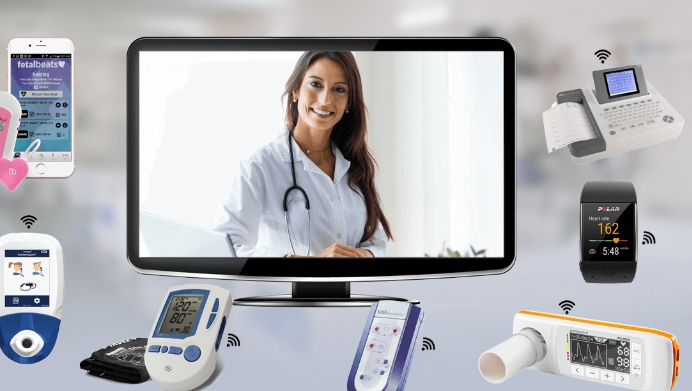The healthcare industry is constantly evolving, and one of the latest advancements in patient care is remote patient monitoring using IoT (Internet of Things) technology.
Improved Patient Outcomes
Remote patient monitoring allows healthcare providers to track patient data in real-time, leading to better outcomes for patients with chronic conditions such as diabetes, hypertension, and heart disease.
Early Detection of Health Issues
By continuously monitoring vital signs and other health-related data, healthcare providers can detect any abnormalities or warning signs early on, allowing for timely intervention and prevention of potential health crises.
Reduction in Hospital Readmissions
Remote patient monitoring helps in keeping patients out of hospitals by providing continuous care and monitoring outside of healthcare facilities, reducing the likelihood of readmissions and associated costs.
Increased Patient Engagement
Patients are more involved in their own care through remote monitoring, as they have access to their own health data and are encouraged to take an active role in managing their health.
Improved Efficiency and Cost Savings
Remote monitoring reduces the burden on healthcare providers and facilities by allowing for remote consultations and monitoring, resulting in cost savings and improved efficiency in the healthcare system.
Improved Quality of Life
Ultimately, remote patient monitoring using IoT technology leads to improved quality of life for patients by providing continuous care, early detection of health issues, and increased patient engagement in their own healthcare.
In conclusion, remote patient monitoring using IoT technology is revolutionizing healthcare by improving patient outcomes, detecting health issues early, reducing hospital readmissions, increasing patient engagement, improving efficiency, and saving costs. This advancement in healthcare technology is paving the way for a more patient-centered and efficient healthcare system.

